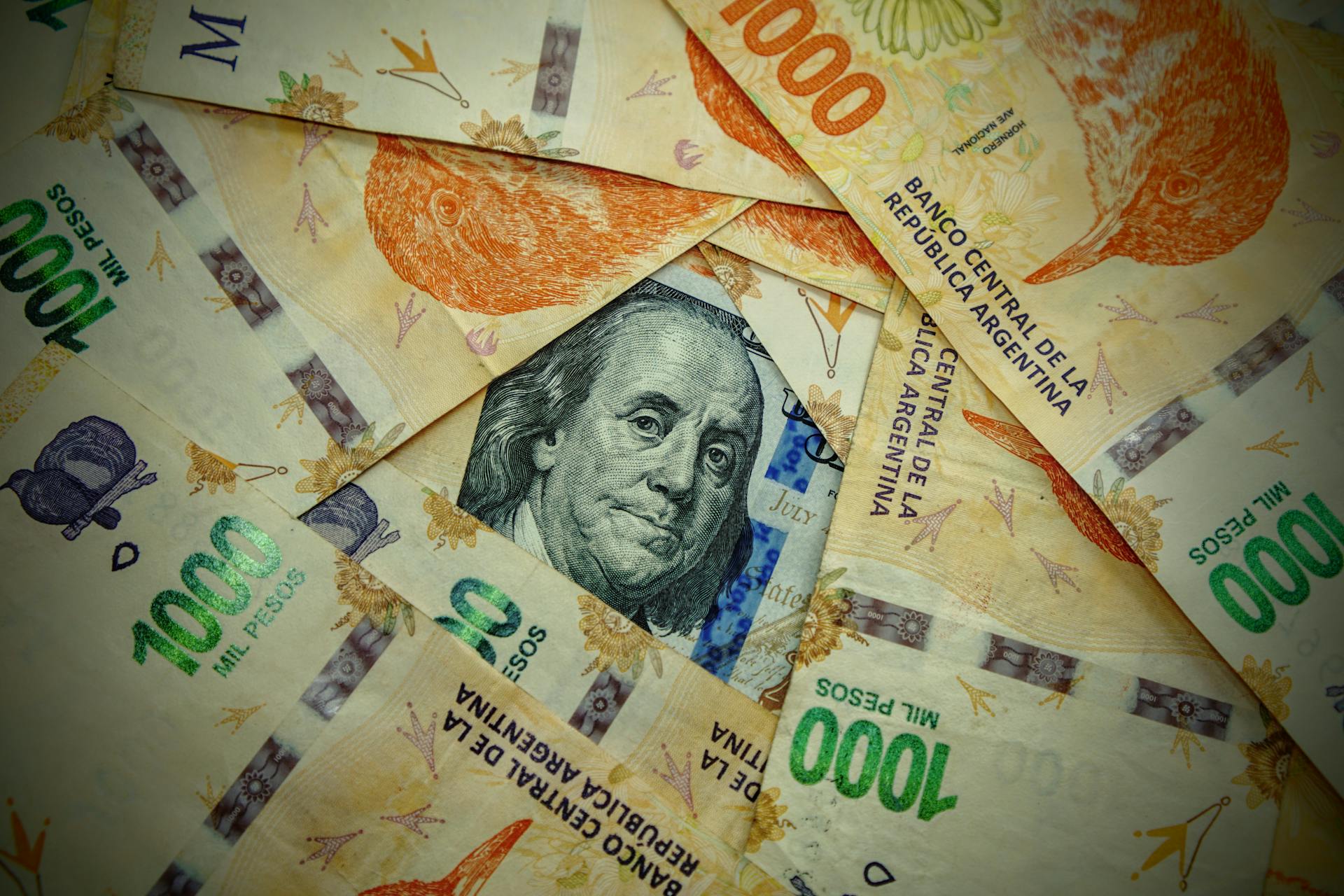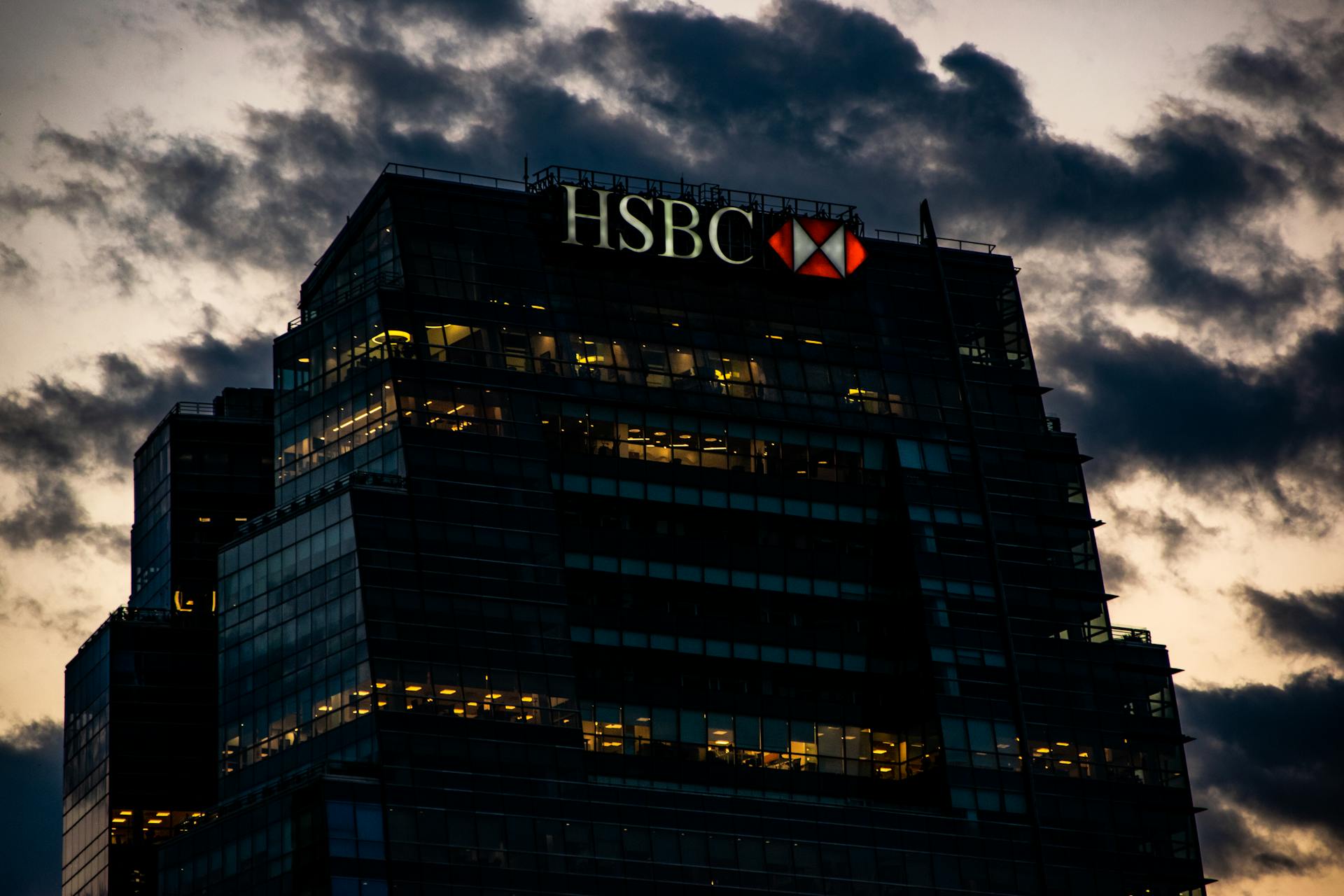
The Argentina Peso Blue Rate is a fascinating topic, and understanding it can be a challenge. The blue rate is the unofficial exchange rate of the Argentine peso, which can be significantly different from the official exchange rate.
In Argentina, the official exchange rate is controlled by the government, while the blue rate is determined by supply and demand in the black market. This means that the blue rate can be higher or lower than the official rate, depending on economic conditions.
The blue rate is often used by locals and businesses to estimate the true value of the peso, as it reflects the real exchange rate in the country. This can be especially useful for travelers and expats who need to exchange money or make financial transactions.
In Argentina, the blue rate can fluctuate rapidly due to economic instability, making it essential to stay informed about the current exchange rate.
Understanding the Market
The Blue Market in Argentina is a place where you can get a better exchange rate for your foreign currency, but it's not technically legal and operates in the open.
It's called the Blue Market because of the blue strip in newer one hundred dollar bills, and it's where money changers on the streets give you more local currency for your dollar than banks or ATMs.
You can get a higher exchange rate by bringing hundred dollar bills instead of lower currency denominations, as big notes get better rates.
The Blue Market is considered routine in Buenos Aires, and it's where you go to make the most of your money.
The irony is that people turn to the Blue Market out of financial necessity, but it may also be exacerbating hyperinflation, which makes imports more expensive and pushes up the inflation rate.
This creates a bind for residents, who are caught in a cycle of needing to buy dollars to worry about inflation, which then makes them buy dollars with even more frequency.
Multiple exchange rates create distortions in the economy, which can be costly.
You might like: Golden Presidential Dollars
Changing Money: Advantages
Exchanging money in the Blue Market can be advantageous, offering a better exchange rate than banks. You can get 30-40% more on the exchange if you visit the Blue Market.
The Blue Market offers a more favorable exchange rate, with 1,300 pesos for $100, compared to 800 pesos from a bank. This is a significant difference, making it worth considering.
To get the best exchange rate, it's essential to have crisp $100 bills. This is because worn-out or smaller bills may be harder to transact with.
If you're planning to visit Argentina, it's recommended to have your airport transfer reserved ahead of time to avoid needing cash right away. This will help you avoid the hassle of exchanging money at the airport.
Here are some options to consider for exchanging money:
- Western Union: Offers a favorable exchange rate, similar to the Blue Market rate. However, lines and wait times can be long, and there may be transaction fees.
- Cuevas: Private exchange houses that offer the best exchange rates, but are technically illegal. They're often recommended by locals, but be aware that the exchange rate may not be much better than Western Union.
- Credit cards: Tourist credit cards now have a preferential rate, known as the Dólar MEP, which is trading at 376 Argentine pesos per dollar. However, credit card transactions come with steep fees, and not all merchants accept credit cards.
Ultimately, the best option for exchanging money will depend on your individual circumstances and preferences.
Finding the Market and Spending Dollars
Florida Road in Buenos Aires is a popular pedestrian thoroughfare full of clothing shops, vendors, and restaurants, and it's a great place to find vendors shouting "Cambio! Cambio! Cammmmbioooooooo!" which translates to "money exchange." Approach numerous vendors and ask their rate to change a hundred dollars, and go with the best rate after shopping around.
The Blue Market is not officially regulated or recognized, but you can get the latest ongoing exchange rates on websites. It's also advisable to ask around, especially if you are new in the country.
To get the best exchange rate, go in the late afternoon, as vendors are looking to make their quota. Be sure to count your Argentinian pesos from the vendor before you leave.
If you're looking to exchange your dollars, Western Union is among the most common and best ways for tourists to access a favorable exchange rate for cash. The exchange rate offered by Western Union has been similar to that of the "blue dollar" rate on the black market.
To avoid needing cash right away, book an airport transfer ahead of time. This way, you won't need to exchange money as soon as you arrive.
Here are some tips for exchanging money in Argentina:
- Use crisp $100 bills for the best exchange rates
- Avoid exchanging money at airports, as the rates are often unfavorable
- Consider using a credit card with a favorable exchange rate, such as a Visa or Mastercard, which can be charged near the MEP rate
- Be aware of potential snags, such as long lines and wait times, when using Western Union or other exchange services
By following these tips, you can navigate the Blue Market and get a good exchange rate in Argentina.
Currency and Conversion
The official currency of Argentina is the Argentine Peso, but it's experiencing high inflation, making it difficult to use.
You'll see the $ symbol in stores and with card payments, but it's not the US dollar. Instead, it's the official currency, denoted as U$S in Argentina.
To pay in US dollars, it's best to exchange your currency at a reputable exchange office or use a credit card that offers a favorable exchange rate.
If you want to exchange your money, you can do so at one of the many exchange offices in the city, but be aware that some US dollar or euro banknotes are not accepted or have a lower exchange rate.
The blue dollar is the unofficial exchange rate that exists due to currency controls on the official rate, and it's the most free market dollar based on demand.
Here's a breakdown of the different exchange rates you'll encounter:
- Dolar oficial – The official exchange rate, set by the national bank.
- Dolar blue – The parallel unofficial exchange rate.
- Dolar MEP (Visa & MC) – The exchange rate used by Visa and Mastercard.
- CCL – The rate used by Western Union.
What Is the Dollar?
In Argentina, you'll see the $ symbol in stores and on payment terminals, but it's not the US dollar - it's the Argentine Peso.
You can pay with the Argentine Peso throughout the country, but many Argentines prefer to be paid in US dollars.
The official currency in Argentina is the Argentine Peso, but the US dollar is highly valued due to the peso's instability.
In the past 10 years, the Argentine Peso has lost approximately 90% of its value compared to the US dollar.
The instability of the peso has led to a mistrust of banks, making cash the preferred payment method in Argentina.
Cash is widely accepted in Argentina, even for small purchases like dinner or shopping.
To save money on start-up costs, it's recommended to bring American dollars from abroad and exchange them on the Blue Market.
Readers also liked: Coin Canadian Dollars
Currency Conversion Rates
The official currency in Argentina is the Argentine Peso, but you'll also see the US dollar being used, especially in tourist areas. The official currency is denoted with the same symbol as the US dollar, but it's differentiated as U$S in Argentina.
There are multiple exchange rates in Argentina, including the official rate, the blue dollar rate, and the MEP (Visa & MC) rate. The blue dollar rate is the unofficial exchange rate that exists due to currency controls on the official rate, and it's the most free market dollar based on demand.
The difference between the official rate and the blue dollar rate can be significant, with the blue dollar rate being around $1250 pesos to the dollar, compared to the official rate of around $950 pesos. The MEP rate is similar to the blue dollar rate in value, and it's the rate you'll be charged if you use a foreign Visa or Mastercard in Argentina.
To get a good exchange rate in Argentina, you can use Western Union, which offers an exchange rate similar to the blue dollar rate. You can also try to exchange your money at a cueva, a clandestine exchange house that offers the best exchange rates, but be aware that it's not legal and can be a bit of a hassle.
Here are the main exchange rates you should know:
It's worth noting that the exchange rates can vary depending on the time of day and the branch, so it's a good idea to check the rates regularly and compare them before making a decision.
Frequently Asked Questions
How to get blue rate in Argentina?
To get the Blue Rate in Argentina, exchange cash at a Western Union office or on the black market, such as on Florida Street in Buenos Aires. Alternatively, ask your hotel for a local money exchange service, known as a 'cueva
Sources
- https://www.internationalteflacademy.com/blog/save-money-know-about-the-blue-market-of-buenos-aires-argentina-before-you-go
- https://secretsofbuenosaires.com/currency-in-argentina/
- https://solsalute.com/blog/money-in-argentina-currency-exchange/
- https://www.anodetotheroad.com/travel-blog/why-argentina-has-blue-dollar-black-market-exchange-rate
- https://sayhueque.com/blog/article/argentina-blue-dollar/
Featured Images: pexels.com

